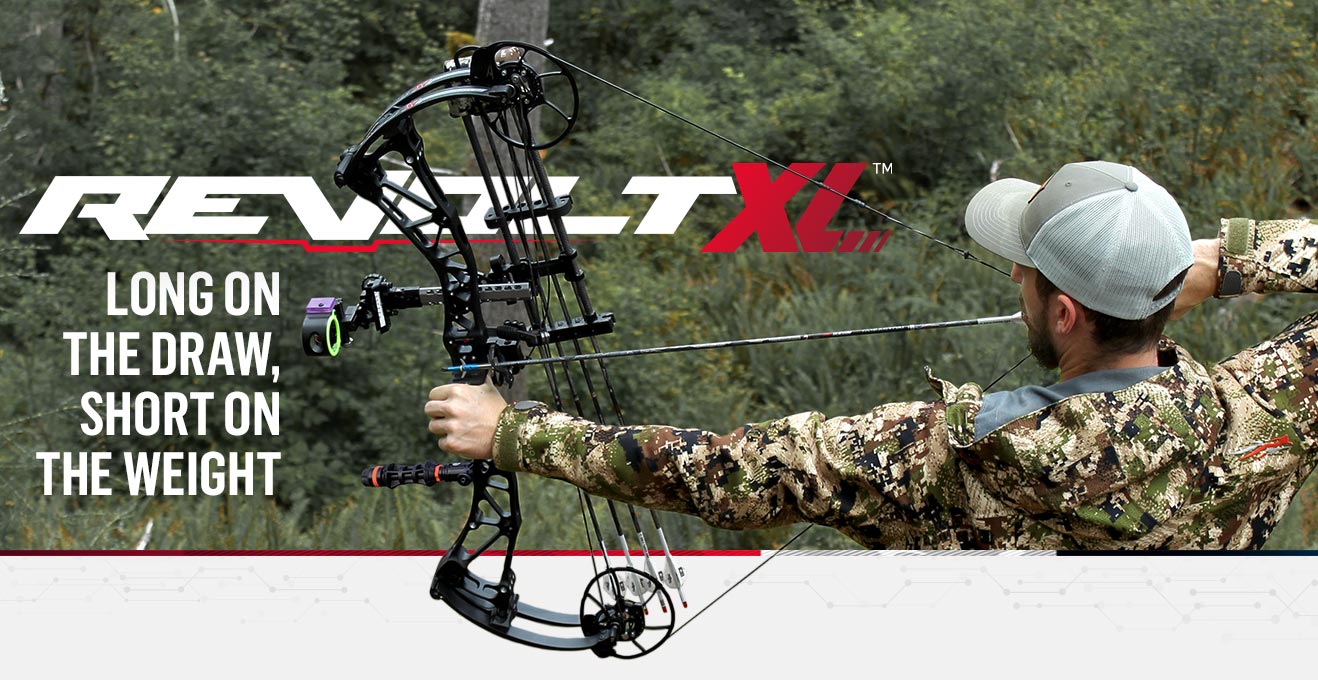Maximize Your Archery Accuracy With These Bow Stabilizer Strategies
One crucial component that can significantly impact your efficiency is the proper utilization of bow stabilizers. Whether you are a seasoned archer looking to refine your abilities or a newbie excited to enhance your accuracy, grasping these bow stabilizer methods might be the key to striking your mark with unmatched consistency.
Benefits of Utilizing Bow Stabilizers
Making use of bow stabilizers can dramatically improve an archer's accuracy and overall performance by decreasing bow torque and resonance. Additionally, bow stabilizers wet resonance, which not just boosts the comfort of shooting however also prevents the bow from jumping upon release, thus helping in keeping correct goal.
Moreover, bow stabilizers can help in holding the bow stable, especially during gusty problems or when shooting from longer ranges. The added weight at the front of the bow supplies stability and balance, enabling the archer to concentrate on aiming without the distraction of bow activity. On the whole, the benefits of utilizing bow stabilizers expand beyond just precision, enhancing the archer's experience and efficiency in various shooting circumstances.
Selecting the Right Bow Stabilizer
Picking the proper bow stabilizer is important for maximizing your archery equipment and enhancing shooting performance. When picking a bow stabilizer, there are several variables to take into consideration to guarantee you find the right fit for your demands. Firstly, take into consideration the weight of the stabilizer. Heavier stabilizers can help in reducing bow torque and take in even more vibration, resulting in a steadier aim. Lighter stabilizers supply more maneuverability, which can be advantageous in specific shooting circumstances.

Lastly, consider the layout of the stabilizer. Some stabilizers come with adjustable weights or dampeners that permit you to tailor the equilibrium and feel of your bow. Inevitably, picking the appropriate bow stabilizer involves discovering a balance between weight, material, layout, and size to improve your shooting accuracy and total efficiency.
Correct Installment Methods
To make certain optimum performance and safety in archery, mastering correct installation techniques for your bow stabilizer is vital. The very first step in mounting a bow stabilizer is to determine the proper placement on your bow. The majority of learn the facts here now stabilizers are affixed to the front of the riser, listed below the grip, to help counterbalance the weight of accessories such as quivers and sights. Guarantee that the stabilizer is not interfering with various other components or preventing your capturing type.
Next, safely connect the stabilizer to the bow making use of the proper installing hardware. It is vital to tighten the stabilizer snugly to stop any type of tottering during shots. Some stabilizers come with adjustable weights that can be included or gotten rid of to tweak the equilibrium of your bow. Experiment with different weight setups to find the optimal equilibrium that fits your capturing design.

Changing Stabilizer Weight and Length
After ensuring the appropriate installment of your bow stabilizer, the next action entails adjusting the weight and size to optimize its efficiency in boosting archery accuracy. The weight of the stabilizer plays an important role in reducing bow motion throughout the shot cycle. Adding weight to the stabilizer can aid boost and moisten vibrations stability, resulting in more regular and exact shots. On the various other hand, lowering the weight can boost maneuverability, which is helpful for circumstances calling for fast target purchase.
When it comes to stabilizer length, locating the ideal equilibrium is vital. A longer stabilizer can offer higher security by increasing the distance between the bow and the weight at the end of the stabilizer. This included distance boosts the supporting effect, especially in gusty conditions or when contending longer distances. On the other hand, a shorter stabilizer uses more maneuverability and might be favored by archers that value dexterity company website and fast activities during capturing.
Advanced Stabilizer Tuning Tips
Accomplishing ideal bow security and precision in archery requires a nuanced strategy to advanced stabilizer adjusting. Advanced stabilizer tuning includes fine-tuning various parts to enhance the bow's equilibrium, lower vibration, and enhance general accuracy.
An additional critical element of advanced stabilizer tuning is enhancing the visit this page damping homes of the stabilizer system. Exploring various products for the stabilizer building and construction, such as carbon fiber or aluminum, can additionally influence the bow's performance by changing its weight circulation and tightness.
Conclusion
In conclusion, optimizing archery accuracy can be attained through the proper option, setup, and modification of bow stabilizers. On the whole, including bow stabilizers into archery practice can lead to enhanced performance and increased accuracy.
Utilizing bow stabilizers can significantly enhance an archer's accuracy and total performance by reducing bow torque and resonance. Longer stabilizers supply better stability and balance, particularly for long-distance capturing, while much shorter stabilizers use more flexibility and are less complicated to navigate in tight spaces (bow stabilizer). Carbon fiber stabilizers are resilient and light-weight, while aluminum stabilizers are robust and supply exceptional resonance wetting
A longer stabilizer can give greater stability by increasing the distance in between the bow and the weight at the end of the stabilizer.An additional crucial aspect of innovative stabilizer tuning is enhancing the damping residential or commercial properties of the stabilizer system.